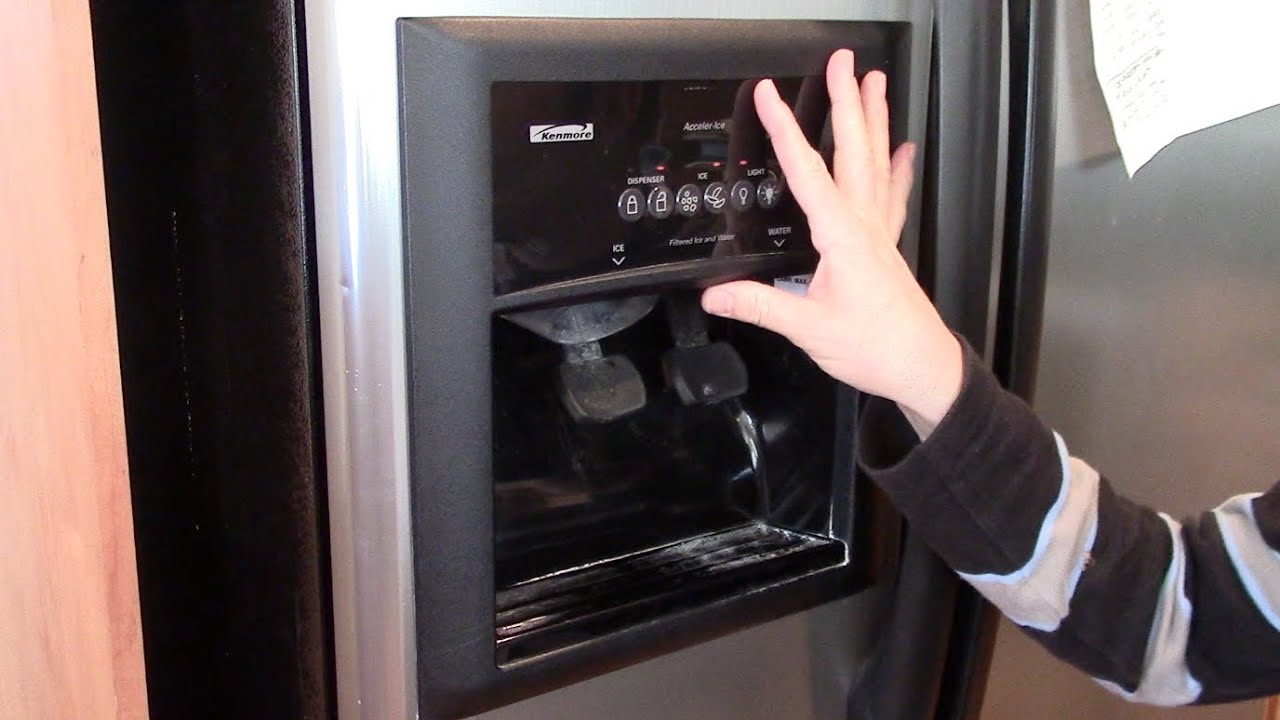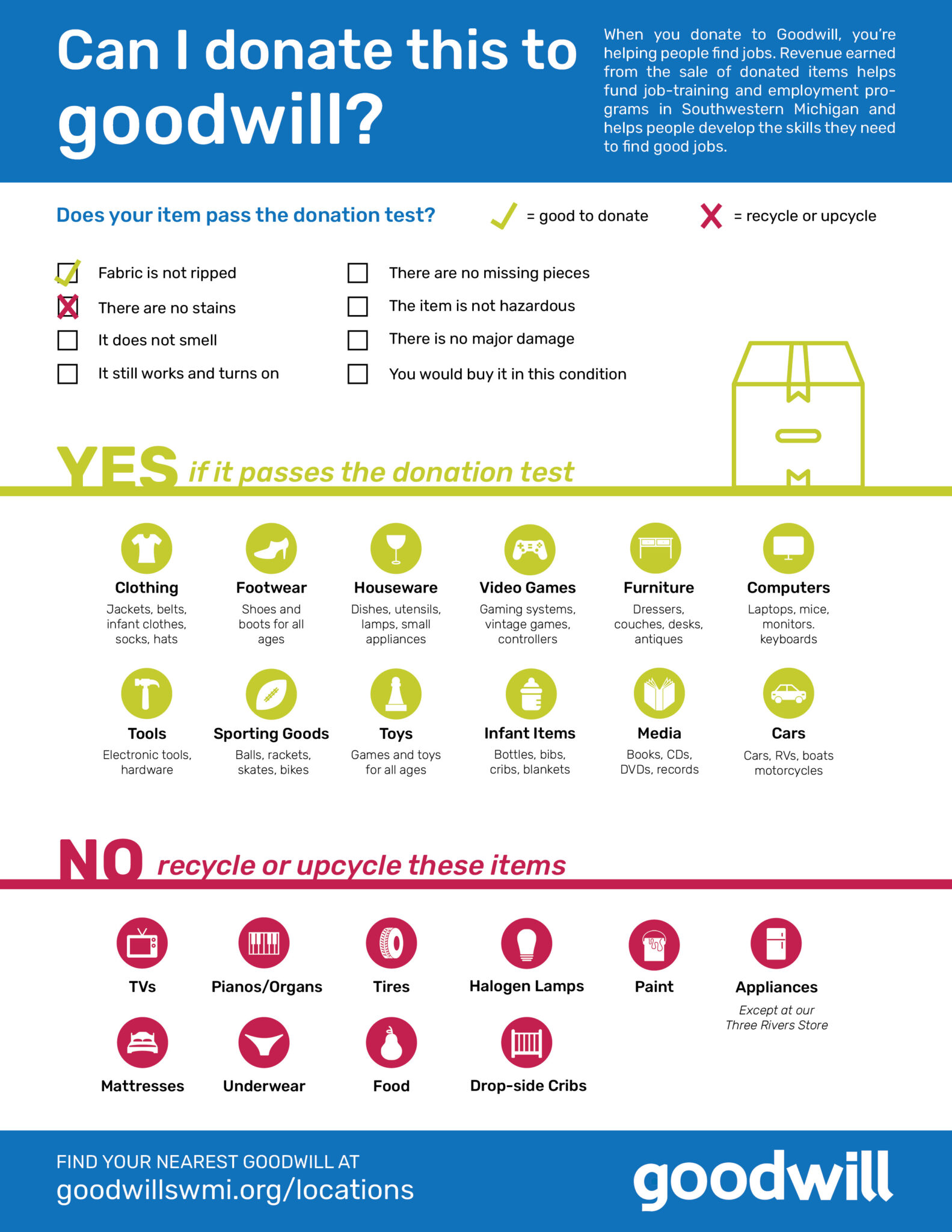Finding the Right Shade: What Percentage Shade Cloth for Your Garden?
When it comes to nurturing a thriving garden, understanding the importance of light is key. Sunlight is essential for plant growth, but there are times when too much sun can be detrimental. This is where shade cloth comes into play, providing just the right amount of protection to help your plants flourish. In this extensive guide, we will explore the different percentages of shade cloth available and how to choose the right one for your garden’s unique needs.
Table of Contents
Understanding Shade Cloth
Shade cloth is a versatile tool that can help regulate temperature, reduce wind exposure, and conserve moisture. Available in various materials and densities, shade cloth comes in different percentage ratings that indicate how much sunlight it blocks.
The Importance of Shade Cloth in Gardening
The primary function of shade cloth is to protect plants from excessive sunlight. While many plants thrive in full sun, others may suffer from sunburn, wilting, or reduced growth if exposed to too much direct sunlight. Here are a few reasons why shade cloth is essential for your garden:
- Temperature Control: By reducing the intensity of sunlight reaching plants, shade cloth helps regulate soil temperature, providing a more stable environment for root development.
- Moisture Retention: Shade cloth can reduce evaporation rates, helping to keep the soil moist and minimizing the need for frequent watering.
Types of Shade Cloth and Their Percentages
Shade cloth is available in various percentages, typically ranging from 30% to 90%. Understanding what each percentage means and how it corresponds to different types of plants is crucial for making the right choice.
| Shade Percentage | Light Transmission | Best Plants |
|---|---|---|
| 30% Shade | 70% | Most Vegetables, Fruits |
| 50% Shade | 50% | Herbs, Annuals, Soft Fruits |
| 70% Shade | 30% | Tender Perennials, Some Orchids |
| 90% Shade | 10% | Tropical Plants, Ferns |
Choosing the Right Shade Cloth Percentage
Choosing the right percentage of shade cloth for your garden can make all the difference. Here are factors to consider:
1. Type of Plants
Consider the plants you are growing and their specific lighting needs. For example:
- Vegetables: Most vegetables prefer at least 30% to 50% shade, particularly during hot summer months, to avoid scorching.
- Fruits: Certain fruits, like tomatoes and cucumbers, respond well to 30% to 50% shade cloth, allowing them to bear fruit effectively without stress.
- Ornamentals: Many ornamental plants, especially shade-loving varieties, may thrive with 50% to 70% shade.
2. Climate and Environment
Your local climate plays a significant role in determining the right shade cloth percentage. In hotter climates, more shade (70% to 90%) might be necessary to protect plants from heat stress. Conversely, if your climate is cooler or overcast, you may only need 30% to 50% shade.
3. Seasonal Changes
Keep in mind that the needs of your garden will vary throughout the seasons. During hot summer months, you might want to increase shade, while in the spring and fall, less shade may suffice.
4. Duration of Sun Exposure
Evaluate how many hours of sunlight your garden receives daily. Areas with full sun exposure (6-8 hours) may warrant higher shade percentages, while partial shade (2-5 hours) can benefit from lighter cloth.
Application of Shade Cloth
Once you have chosen the appropriate shade percentage, knowing how to apply it effectively is crucial.
1. Setting Up Your Shade Structure
There are multiple ways to set up shade cloth over your garden:
- Tensioned Greenhouse Structures: For larger scale gardens or greenhouses, attaching shade cloth to a frame can create a controlled environment.
- Portable Structures: For smaller gardens, portable or movable frames allow you to adjust shading as needed.
- Direct Placement: Laying shade cloth directly over beds or sections of your garden can be effective for small areas.
2. Securing the Shade Cloth
Ensure that your shade cloth is securely attached to withstand wind and weather. Use clips, bungee cords, or ties, depending on the structure you have in place.
3. Monitoring Conditions
Regularly check the condition of your plants and adjust shading as needed. It’s important to remain flexible and responsive to changing environmental conditions.
Maintaining Your Shade Cloth
After you have selected and applied your shade cloth, maintaining its efficacy is vital for ongoing plant health.
1. Inspect for Damage
Regularly inspect the cloth for tears, wear, or damage from weather conditions. Replace sections if necessary.
2. Clean Regularly
Dust and debris can settle on shade cloth, blocking light. Periodically clean your shade cloth with a gentle rinse to maintain transparency.
Conclusion: The Right Shade Cloth Can Transform Your Garden
Selecting the appropriate percentage of shade cloth is an essential step in creating a thriving garden. By carefully considering your plants’ needs, the climate, and the specific conditions of your garden, you can make an informed decision that promotes healthy growth and abundant harvests.
Whether you opt for 30%, 50%, 70%, or even 90% shade cloth, the goal is to strike the right balance between shielding your plants from intense sunlight and providing enough light for optimal photosynthesis. With the information and tips laid out in this article, you are well on your way to transforming your garden into a flourishing oasis. Happy gardening!
What is shade cloth and why is it used in gardening?
Shade cloth is a type of fabric used in gardening to provide protection from direct sunlight. It is made from various materials, including polyethylene and polypropylene, which are designed to block a certain percentage of sunlight. By controlling the amount of sunlight that reaches your plants, shade cloth helps to prevent sunburn, reduce water evaporation, and create a more stable microclimate for sensitive plants.
In addition to protecting plants from excessive sunlight, shade cloth can also aid in reducing heat stress, especially during the hottest months. It is a versatile tool that can be used for greenhouses, outdoor gardens, and even for protecting seedlings, ensuring optimal growth conditions by striking a balance between light and shade.
What percentage of shade cloth is best for my garden?
The ideal percentage of shade cloth for your garden often depends on the specific plants you are growing. Generally, a shade cloth that blocks between 30% to 50% of sunlight is suitable for most vegetables and flowering plants, allowing them to thrive without becoming sunburned. Cooler climate plants may thrive with 30% shade, while those in hotter regions may require closer to 50% shade for optimal growth.
For delicate plants or seedlings, a 50% to 70% shade cloth may be more appropriate to protect them from harsh sunlight. It’s essential to know your plants’ needs and local climate conditions when choosing the right percentage, as those factors will significantly influence how much shade cloth is necessary for successful gardening.
How do I determine the right percentage of shade cloth for different plants?
To determine the appropriate percentage of shade cloth for different plants, you need to consider their light requirements. Some plants, such as leafy greens and certain herbs like basil, thrive in partial shade and may only need 30% shade cloth. On the other hand, flowering plants and fruits like tomatoes may tolerate more direct sunlight and prefer around 40% shade cloth.
Additionally, you should consider the time of year and local climate conditions. For instance, in hotter climates or during the peak of summer, even sun-loving plants might benefit from increased shade, making a 50% shade cloth more suitable. Assess your plants’ responses to sunlight during different seasons to make informed decisions about the shade level needed.
Can shade cloth help with pest control in my garden?
While shade cloth primarily serves to protect plants from sunlight, it can also offer some benefits in pest control. By creating a physical barrier, shade cloth helps deter certain insects from reaching your plants, thus reducing pest populations. This barrier is especially useful against flying insects and can be a valuable tool for organic gardeners looking to minimize pesticide use.
Moreover, using shade cloth can help improve air circulation around plants, which can mitigate moisture build-up that attracts pests and diseases. Implementing a shade cloth system can be part of an integrated pest management strategy, helping to keep your garden healthy and vibrant while minimizing harmful infestations.
How do I install shade cloth in my garden?
Installing shade cloth in your garden requires a few steps for effective setup. First, you’ll want to measure the area where you wish to apply the shade cloth and choose an appropriate size. The cloth can be mounted on a wooden frame or hung from existing structures, such as a pergola or greenhouse, using ropes or clips for easy installation.
Once you’ve secured the material, make sure the shade cloth is taut to prevent sagging, which can collect water and debris. This ensures that it can effectively block sunlight while allowing ventilation. Regularly check the installation for wear and tear, especially after storms or adverse weather conditions, to maintain its effectiveness.
How should I maintain shade cloth for longevity?
Maintaining shade cloth involves regular cleaning and inspection. Over time, dust, debris, and organic matter can accumulate on the fabric, which may reduce its effectiveness. To clean the shade cloth, gently wash it with water and a mild detergent, using a soft brush if necessary. It’s best to perform this cleaning during cooler parts of the day to avoid damaging the fabric from direct sunlight.
Another maintenance step includes checking for any signs of wear or damage, particularly at seams or attachment points. If you notice any holes or tears, it’s advisable to repair them as soon as possible to maintain the integrity of the shade cloth. Proper care can extend the lifespan of your shade cloth, making it a worthwhile investment for your gardening needs.
Does shade cloth come in different colors, and does it matter?
Yes, shade cloth is available in various colors, including black, green, and white, each offering unique benefits. The color of the shade cloth can influence the amount of light that is reflected or absorbed, ultimately affecting plant growth. For instance, black shade cloth absorbs more heat, while white or reflective materials can help maintain cooler temperatures under the cloth.
Can I create my own shade cloth if I can’t find the right percentage?
Creating your own shade cloth can be a viable option if commercially available products do not meet your needs. You can use materials such as burlap, lightweight tarps, or even old bed sheets to fashion a DIY shade cloth. By layering or cutting these materials, you can achieve the desired percentage of shade based on the specific requirements of your garden.
However, when making your own shade cloth, it is crucial to ensure that the material allows for adequate airflow and will not trap heat excessively. Additionally, ensure that you have securely fastened the fabric to withstand wind and weather conditions. With creativity and some trial and error, you can customize a shade cloth that effectively meets your gardening needs.
The Best Shade Cloth for Plants (& Which Type to Get)

During the height of summer, it can be hard to keep your plants from being stressed out by the heat. That’s exactly what shade cloth is great for.
What is Shade Cloth?
Shade cloth is a type of fabric that does what it sounds like – it provides shade. This is critical for some gardeners who live in deserts and warm climates with brutal summer heat. Shade cloths block a certain amount of direct sunlight and allow cool air to
Shade cloth does allow for water to pass through.
Shade Cloth Density Guide
Shade cloth comes in varying degrees of shade densities, ranging from 5-95%. The difference in percentages is how much light is allowed to penetrate.
Shade cloth will block out that percentage of sunlight to protect your plants. If you get 50% shade cloth, it will block out 50% of sunlight.
Here are some example densities to use during a hot summer:
| Plant Type | Hotter Regions | Cold Climates |
| Tomatoes | 40% | 20-30% |
| Lettuce & Salad Greens | 40-50% | 30% |
| Squash | 40% | 20-30% |
| Peppers | 30% | 20-30% |
| Ferns | 90% | 70-85% |
| Orchids | 90% | 70-85% |
| Other Flowers | 60% | 50% |
| Spinach | 40-50% | 30% |
Knitted vs Woven Shade Cloth
The two most common varieties of shade cloth are knitted and woven. Each has its pros and cons, but here is a quick snapshot of the two.
| Knitted Shade Cloth | Woven Shade Cloth | |
| Materials | Polyethylene | Woven polypropylene |
| Weight | Lightweight | 30% heavier |
| Price | Cheaper, but not as strong | Around 30% more expensive |
| Pros | Resists tearing | Strongest of the two |
| Cons | Not as strong as woven | Unravels if it gets a hole |

The Different Colors of Shade Cloth
Shade cloth also comes in a variety of colors aside from black. These different colors include blue, green, black, white, and red.
If you know about grow lights, you might know a bit more about the colors of shade cloth and what they are best used for.
Red shade cloth is great for the flowering stage, as it will promote early blooming. Leaves will get bigger, stems get thicker, and you’ll usually see more plant growth with this color during this stage.
Where Shade Cloth Can Be Used
You can use shade cloth to protect your vegetable garden, fruit trees, and more.
These can be used in all kinds of environments:
- High tunnels
- Greenhouses
- Raised beds
- In-ground gardens
Shade fabric can help filter light but doesn’t block it so you can rest assured your plants are getting enough sunlight.
Shade cloth can also be used over top of a greenhouse in the height of summer to reduce the need for more complex ventilation systems.

We earn a commission if you click this link and make a purchase at no additional cost to you.
Benefits of Shade Cloth
There are a number of benefits to using shade cloth to provide protection for your plants.
1. Increased Plant Yield and Production
Yep, not only does excess heat cause plants and vegetables to wilt and dry out, but they can actually harm the structure of its cells and cause permanent damage.
Photosynthesis peaks out around 35-40 degrees Celsius (95-104 degrees Fahrenheit). Anything above those temperatures causes proteins to get destroyed and can cause deformed membranes.
While this isn’t going to be relevant in all parts of the world, in places with super hot summers like Arizona and Australia, this is something you’ll need to keep an eye on. Although even the east coast US is starting to get super warm summer days, so it’s good to keep in mind.
Keeping your plants in an environment that is stable in the 15-40 degrees C range is going to help with an increased yield and healthier plants. And shade cloth protects plants from that hot sun and blazing summer heat.
2. Reduce Costs
Shade cloth can help keep water costs lower, as you won’t need to water your plants multiple times a day to keep them moist.
But these cloths can also help keep energy bills down if used overtop of greenhouses or shade houses and even the patio.
What Percentage Shade Cloth Should You Get?
Determining the degree of shade you’ll need from your shade cloth can be a little tricky.
If you’re growing a plant that thrives in shade (i.e. orchids or ferns) you’ll want to get a higher degree of shade, around 70%. If you’re growing plants that are tolerant to heat and thrive with more sunlight, you’d probably do best around 40-45% shade.
Where & How to Install Shade Cloth
You can install your shade cloth vertically or horizontally depending on your area and the plants you have in your garden. A horizontal setup can be used to provide shade all day, while a vertical setup would mimic the type of shade a tall tree or bush would have during different points of the day.
It’s usually best to install shade cloths on the western edge of the garden to help protect plants from the hot afternoons – when they’re more susceptible to drying out and wilting.
Shade cloth often comes with grommets to help with installation. You can use those grommets to attach the shade cloth to posts or bamboo stakes in the ground. If your cloth doesn’t come with grommets, you can attach clips that will make it easier to attach them to your poles.
https://greatgardenplans.com/what-percentage-shade-cloth-for-garden/https://seedsandgrain.com/shade-cloth/


